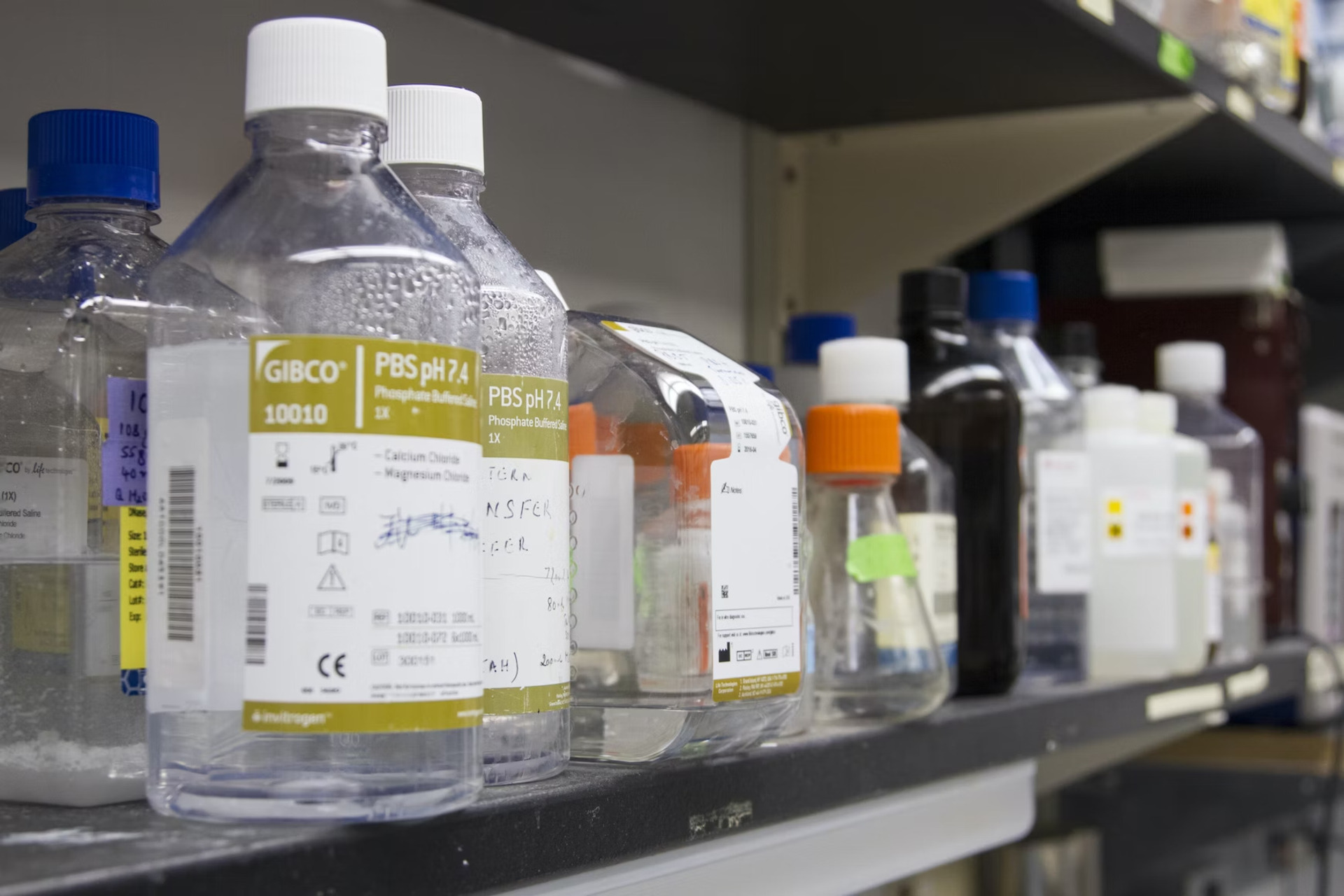
Chemical Waste Disposal Methods: What You Need To Know
We are reader-supported. When you buy through links on our site, we may earn affiliate commission.
Unsafe chemical waste disposal methods pose significant environmental challenges. These substances can contaminate soil, water and air, harming ecosystems and human health. The urgent need for eco-friendly solutions is evident in mitigating these risks, preserving natural resources and ensuring a sustainable future.
The Impact of Chemical Waste
Improper chemical waste disposal presents grave environmental and health hazards, which can have far-reaching consequences. One significant concern is water pollution. When chemicals from improper waste disposal leach into water bodies, they contaminate drinking water sources and aquatic ecosystems.
Another critical consequence is soil contamination. When hazardous chemicals seep into the soil, they can harm crops and plants, affecting agriculture and the overall ecosystem. Likewise, improper chemical waste incineration is another concern, as it releases toxic fumes into the air.
The public cannot underestimate the health impacts of exposure to chemical waste. These exposures can lead to various health problems, ranging from respiratory issues to severe illnesses. Chemicals underground can cause severe health problems, including congenital disabilities and cancer.
Understanding Chemical Waste Disposal Methods
Eco-friendly chemical waste disposal embodies practices and methods to prioritize environmental sustainability and social responsibility. It revolves around minimizing the adverse impact of chemical waste on the environment and human health.
Sustainability is at the core of safe chemical waste management. This principle revolves around ensuring that the methods effectively manage waste and are applicable over the long term without depleting natural resources or causing harm. Sustainability in this context encompasses several key aspects:
- Resource conservation: It involves efficiently utilizing resources and strategies to minimize waste generation. It includes reducing excess consumption and promoting responsible resource management.
- Reducing environmental footprint: Eco-friendly disposal methods seek to lessen the environmental impact associated with waste management. It can include minimizing emissions, energy consumption and pollution during disposal processes.
- Promoting renewable solutions: Sustainability encourages the adoption of techniques and technologies that rely on renewable resources and clean energy. It ensures that the disposal methods themselves contribute to a more sustainable future.
Responsibility is equally significant in eco-friendly chemical waste disposal. It involves recognizing ethical and legal obligations to safeguard the environment and human well-being throughout the disposal process. Responsibility encompasses several critical elements:
- Compliance with regulations: Responsible disposal requires strict adherence to local, national and international environmental laws and waste management regulations.
- Safety measures: Responsibility also involves implementing measures to protect workers, communities and ecosystems from potential hazards associated with chemical waste. Safety protocols are crucial to mitigate risks.
- Transparency and accountability: Maintaining transparency in waste disposal processes and being accountable for any adverse impacts are fundamental aspects of responsibility. It includes open communication with stakeholders and addressing any concerns promptly.
Eco-friendly chemical waste disposal harmoniously integrates these principles of sustainability and responsibility. Doing so ensures that establishments manage chemical waste in an ethical and legally responsible manner.
Reducing Chemical Waste
Minimizing waste generation at the source is crucial in sustainable waste management. Multiple strategies are available for businesses and individuals to achieve this feat.
For example, businesses can maintain a precise inventory of chemicals to avoid over-purchasing, which can lead to excess waste. It can also implement lean principles to streamline processes, reduce waste and optimize resource utilization. In addition, they can also set up internal recycling programs for chemicals people can reuse within the organization.
Likewise, individuals can store chemicals in a cool, dry area away from direct sunlight to extend their shelf life. They can also participate in community recycling programs for hazardous household chemicals like paint or batteries. When disposal is necessary, follow local guidelines for hazardous waste disposal or participate in designated collection events.
By implementing these strategies and tips, the public can significantly reduce waste generation at the source, contributing to a more eco-friendly approach to chemical waste disposal.
Recycling Chemicals
Chemical recycling, advanced or feedstock recycling, is an innovative approach to managing plastic waste and other chemical materials. It differs from traditional mechanical recycling, which involves melting plastics for reuse by breaking down the chemical bonds of the materials to their molecular level.
Chemical recycling uses various technologies to break down plastics and other chemical materials into their constituent molecules. These molecules can then be used as feedstock to produce new plastics, chemicals or other valuable products. Establishments use diverse techniques — such as pyrolysis, rotary kiln and gasification — to tailor to different types of chemical waste.
It’s crucial to note that chemical recycling is still an evolving field with its own technical challenges and considerations. While it offers promising economic and environmental benefits, its widespread adoption and scalability depend on continued technological advancements, supportive regulatory frameworks and public awareness.
Safe Handling and Storage
Proper chemical storage is paramount for ensuring workplace safety and environmental protection. Incorrect storage of chemicals can lead to accidents, fires, spills and contamination. Implementing eco-friendly practices mitigates these risks and aligns with responsible environmental stewardship.
Eco-friendly storage practices include the following:
- Segregation: Store chemicals based on compatibility, separating incompatible substances to prevent dangerous reactions. Use separate storage areas or cabinets for different chemical classes.
- Proper labeling: Label all containers with the chemical name, hazard warnings and expiration dates. It helps in quick identification and safe handling.
- Temperature control: Maintain chemicals at appropriate temperatures to prevent degradation or volatility. Use temperature-controlled storage facilities when necessary.
- Ventilation: Ensure adequate ventilation in storage areas to disperse fumes and prevent the buildup of potentially harmful gases.
- Containment: Use secondary containment measures like spill trays or bunds to capture leaks and spills, preventing them from reaching the environment.
Innovative Technologies
Cutting-edge technologies for eco-friendly disposal offer innovative solutions to tackle waste and pollution while enhancing efficiency and sustainability.
For instance, plasma gasification uses high-temperature plasma arcs to convert organic waste into synthetic gas (syngas) and vitrified slag. It minimizes landfill waste, reduces greenhouse gas emissions and produces clean syngas for energy generation, contributing to waste reduction and clean energy production.
Advanced recycling robots with artificial intelligence and computer vision can also efficiently sort and process recyclables in recycling facilities. These robots can work non-stop, sorting materials with high precision, improving recycling rates and reducing contamination, which leads to more effective resource recovery and reduced waste.
Bioremediation is also another effort to dispose of chemical waste more responsibly. It involves using microorganisms to break or neutralize pollutants in soil and water. This technology is beneficial for the eco-friendly disposal of hazardous chemical waste. It enhances sustainability by remediating contaminated sites and restoring ecosystems without relying on harsh chemicals.
Looking Ahead
Responsible chemical waste disposal is not just a choice — it’s a collective responsibility that each individual can embrace to impact the environment and communities positively. By taking simple yet meaningful actions, people can contribute to a healthier planet and safeguard the well-being of future generations.
Share on
Like what you read? Join other Environment.co readers!
Get the latest updates on our planet by subscribing to the Environment.co newsletter!
About the author
Grace Waters
Always inspired by the natural world around her, Grace grew up exploring tide pools and hiking mountain trails, developing a deep appreciation for biodiversity and conservation. Now, Grace works as the Senior Editor of Environment.co where she covers topics related to emerging clean technologies, zero-waste initiatives, and the intersection of environmental policy and everyday living.





